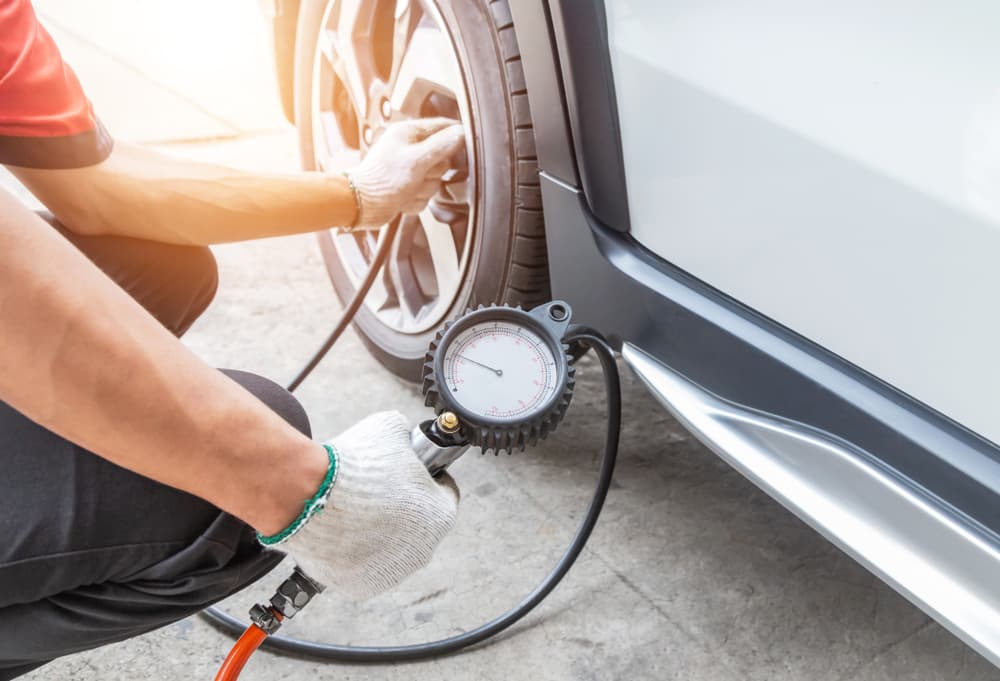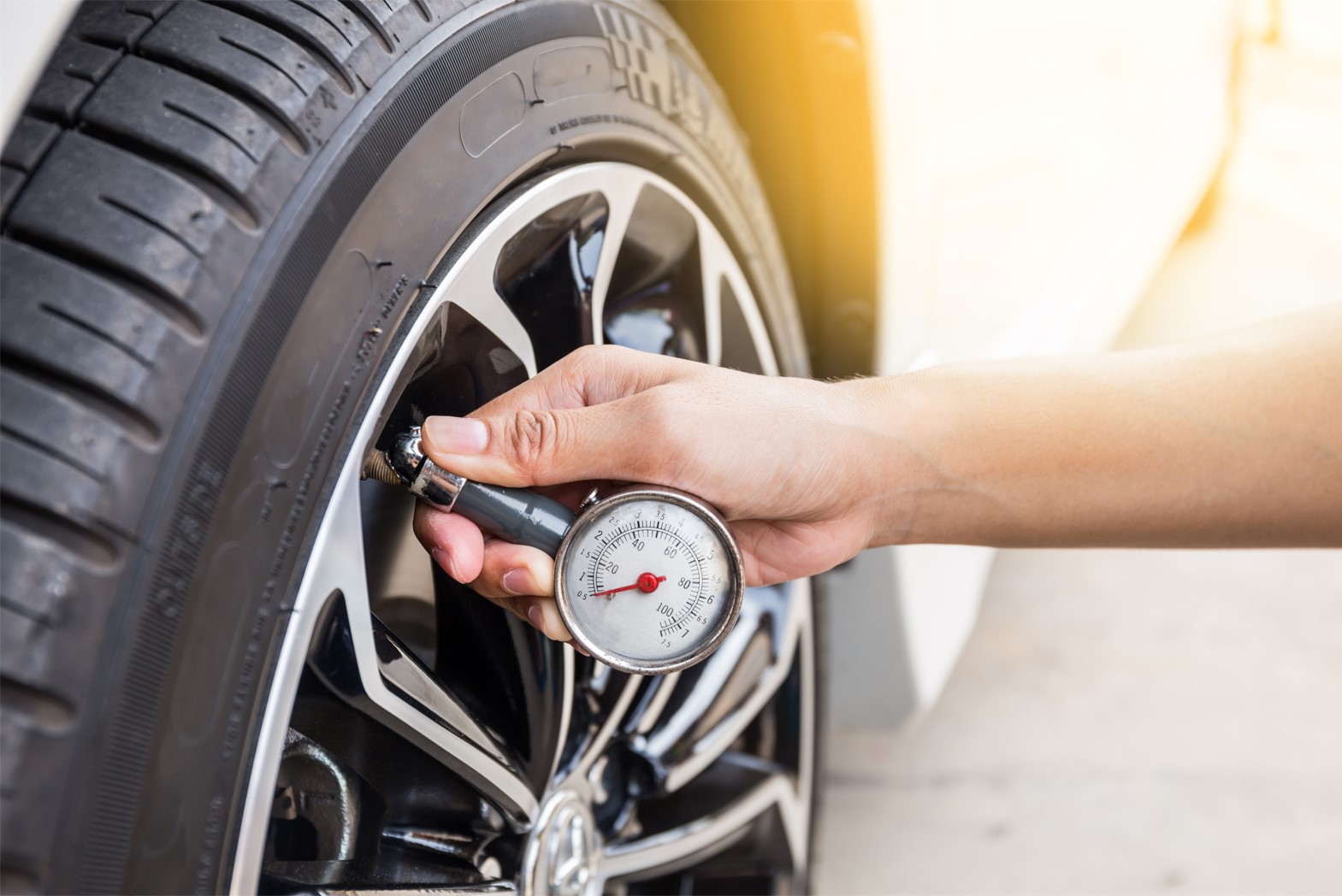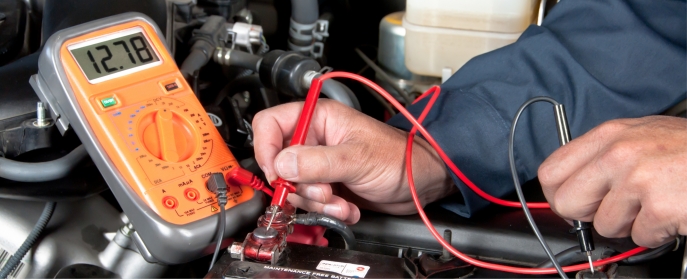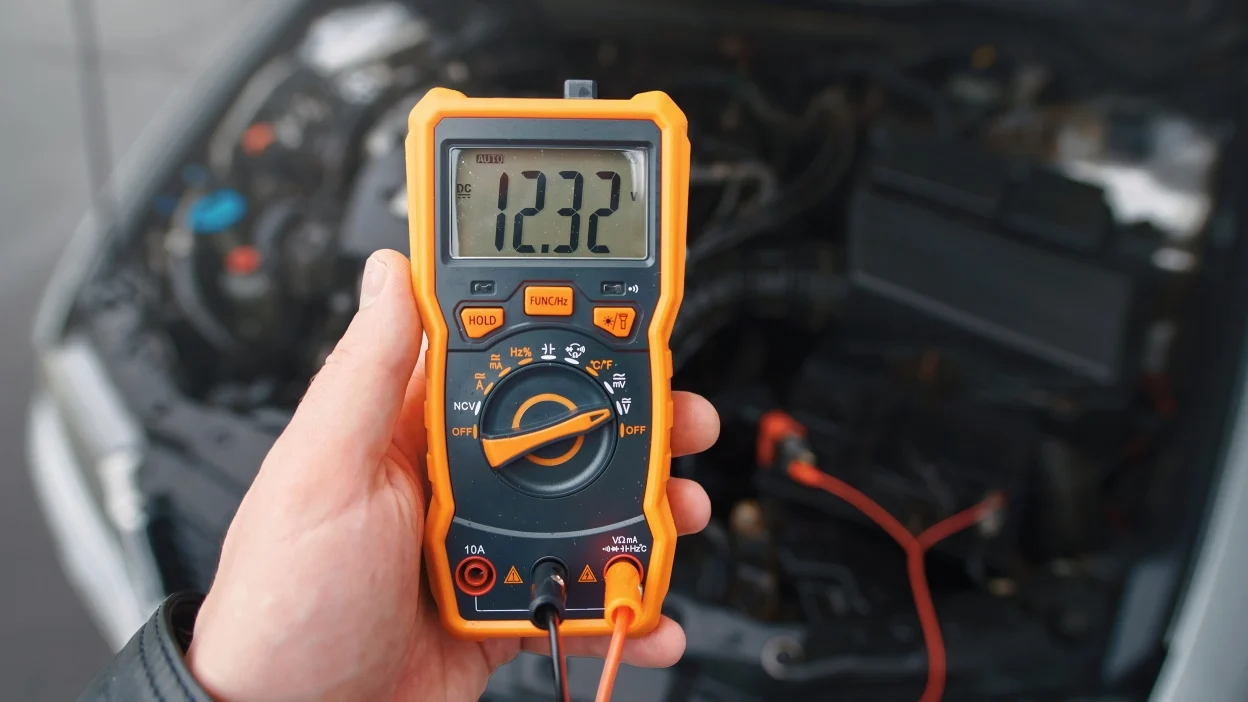Ensuring that your tires are properly inflated is crucial for your vehicle’s performance, safety, and fuel efficiency. In this guide, we will show you how to check tire pressure correctly to avoid unnecessary wear and tear on your tires and improve your driving experience.
Table of Contents
Why Knowing How to Check Tire Pressure is Important
Before diving into the steps of how to check tire pressure, let’s first explore why it’s so important. Proper tire pressure helps your tires last longer, provides better fuel economy, and ensures that your vehicle handles well on the road. Underinflated or overinflated tires can compromise your safety, causing problems like reduced traction, uneven tire wear, and poor braking performance.
Tools Needed to Check Tire Pressure
To get started with how to check tire pressure, you will need a few simple tools:
- A tire pressure gauge (digital or manual)
- A tire inflator (if needed)
- Your vehicle’s owner’s manual (for the recommended tire pressure)
How to Check Tire Pressure: Step-by-Step Process
Here’s a clear, easy-to-follow guide on how to check tire pressure:
- Wait for the Tires to Cool Down
Tire pressure readings should be taken when the tires are cold. This is because tire pressure increases as the tires heat up while driving. To get an accurate reading, wait for the vehicle to sit for a few hours. - Locate the Valve Stem
The valve stem is where you will measure the tire pressure. You can find it on each tire, typically located on the inner side of the wheel. Once you find the valve stem, remove the cap to expose the valve. - Use the Tire Pressure Gauge
Now, it’s time to use your gauge. Push the gauge firmly onto the valve stem to get a reading. The gauge will display the tire pressure in PSI (pounds per square inch). This is how to check tire pressure effectively. - Compare the Reading to the Recommended Pressure
Refer to your vehicle’s owner manual or the sticker on the driver’s side door frame for the recommended tire pressure. The correct pressure can vary based on the vehicle and the type of tire. - Adjust the Pressure as Needed
If the pressure is too low, use an air compressor to inflate the tire. If the pressure is too high, release some air until the correct pressure is achieved. This is all part of knowing how to check tire pressure properly and making adjustments for optimal performance. - Recheck the Pressure
After adjusting, take another reading with your tire pressure gauge to ensure the pressure is just right. Repeat the process for each tire.
Common Mistakes to Avoid When Checking Tire Pressure
Knowing how to check tire pressure is crucial, but avoiding common mistakes can make a big difference. Here are some tips:
- Don’t Check Pressure When Tires Are Hot: As mentioned earlier, checking tire pressure when the tires are hot can lead to inaccurate readings. Always wait for your vehicle to cool down.
- Neglecting the Spare Tire: Many people forget to check the pressure of their spare tire. Make sure to include it in your routine tire pressure checks.

How Often Should You Check Tire Pressure?
It’s recommended to check your tire pressure at least once a month and before long road trips. Regular checks will ensure your tires are always at the proper inflation, improving both safety and vehicle efficiency. Knowing how to check tire pressure and performing the task regularly is one of the easiest ways to maintain your car.
Conclusion: Mastering How to Check Tire Pressure
In conclusion, learning how to check tire pressure is a simple yet essential skill for every vehicle owner. By following the steps outlined above, you can ensure that your tires remain in top condition, maximizing their lifespan and improving your vehicle’s performance. Regular tire pressure checks help prevent unexpected tire failures and keep you safe on the road.
Related Post:
If you’re also concerned about the health of your tires, check out our guide on How to Tell if Car Tires Need Replacing to ensure your tires are safe for the road.





Leave a Reply